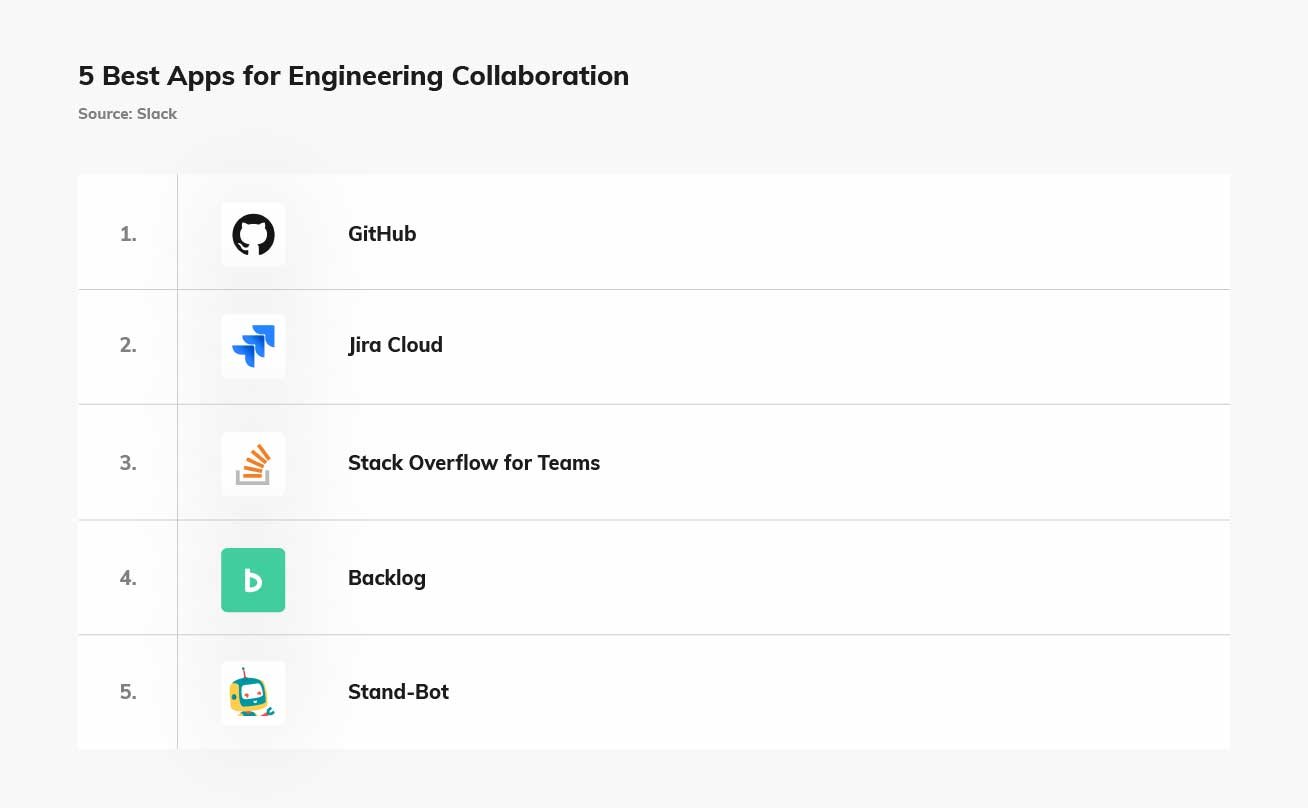- For Employers Remote Staffing
- Sep 01

What do you think about people working in the same location? For many in the tech industry, having fellow employees work side-by-side is starting to become a distant memory.
In the last decade, more people have learned about the benefits that remote work brings. Distributed teams have long been an ideal approach, especially in the field of software development.
Hiring a mix of onshore, offshore, and nearshore software engineers is starting to become the norm worldwide. Not only can these practices help reduce costs, but they also give companies access to a larger talent pool across the globe.
What Is a Distributed Team?
A distributed team is where two or more colleagues work on the same project but operate in different places. Members of such a team are not present in the same physical work environment and are not necessarily limited to a central geographical location.
Often, members of a distributed team have learned to be productive from their home offices or other remote areas.
Having an infrastructure that supports proper collaboration, communication, coordination, and organization allows distributed teams to function well. A company that leverages teams located in different countries allows them to tap into the benefits of an internationally diverse workforce.
As a software development company, deciding to go with a distributed team is just the start. It is equally important to know how you can go about building a distributed software engineering team.
4 Tips for Moving Towards a Distributed Team of Software Engineers
With the right process, distributed teams can be beneficial for many companies. Introducing it suddenly to your organization may make it difficult to scale up. Some of the first things to do are to:
- Transform the culture and mindset of your enterprise: Learning to work with decentralized objectives and integrated strategies while also having a clear goal is vital for success. Furthermore, you need to have the right people in place.
- Set up a collaborative work environment: Your leadership should be hiring individuals who are particularly open to inclusion and diversity. This is especially true since remote teams tend to have a broad array of talents and backgrounds.
- Move quickly, as time is money: According to data gathered by Devskiller, the average cost of hiring a software developer can exceed $50,000 when factoring in the costs of recruiting, vetting, interviewing, onboarding, and training, as well as productivity loss while the position sits open.
- Seek help from an experienced recruitment agency: Outsourcing the recruiting process can make it easier for your company to adapt to and build a distributed team of onshore, offshore, and/or nearshore software engineers, saving you valuable time and money.
The Advantages of Hiring Remote Nearshore Talent
Nowadays, hiring remote talent is more popular than ever before. Here are several reasons why you might want to look into hiring a nearshore software engineer in particular to join your distributed team.
- Real-time communication: Time zone parity or similarity makes real-time communication possible ad allows teamwork to flow more smoothly.
- Ease of collaboration: Language differences can present problems for some distributed teams. Even though engineers in a neighboring country may speak a different first language, there’s a good chance you have a shared language in common. For example, many Latin American software engineers are fluent in English.
- The right skillset: Hiring a remote software engineer from a nearby country can allow your company to acquire talent with technical skills that may be hard to find in your local market.
3 Tips for Preparing Your Co-Located Team of Software Engineers
Preparing your co-located or distributed team can be quite a challenge. When team members are far from one another, it is easy for them to be disconnected. Add communication problems and cultural differences, and things can become complicated.
To remedy this, here are some tips to follow when preparing your team.
- Onboard with the whole team in real time: If you want your onboarding process to be effective, you should help newly hired workers get used to their job and be familiar with the rest of the team. One way to do this is by introducing your new team members and then giving everyone opportunities to know one another through face-to-face video calling.
- Provide equal treatment regardless of location: Members of a distributed team should all feel like they are on the same ground. It is important for team members to be treated the same in collaboration and socialization. For example, on team video calls, each person should use their own computer and camera (even if in a co-working location) to maintain individual identities. Encourage virtual happy hours to help create a shared culture among all members of the team.
- Set clear expectations: As you transition to a distributed team, your leadership should focus on developing clear expectations and guidelines for everyone involved. Failing to clarify expectations at the early stages can result in misunderstandings and issues later on that can disrupt workflow and performance.
3 Tips for Managing a Distributed Software Engineering Team
Now that you know how to prepare your remote team members for the work at hand, here are tips on how you can manage them moving forward.
- Be transparent: Transparency is one of the most important aspects of an effective and healthy organizational environment. A lack of transparency can easily lead to remote employees being left in the dark, which can have a negative effect on both the practical and cultural aspects of the company.
- Leverage modern collaboration tools: Remote collaboration requires you to have the supporting tools in place for this to be done effectively. Coordination is vital in remote teams which is why you should adopt processes and tools that make communication easy and seamless. The good news is that there are many excellent communication and collaboration tools available today.

- Offer constant and visible recognition: One of the best practices in today’s workplace is to regularly recognize the great work that your remote team members are doing. Having an effective recognition framework allows meaningful contributions from distributed teams to be noticed. The more frequently this is done, the more incentive workers have to continue making the same contributions.
Ready to Start Building?
There are numerous benefits that your company can get if you begin preparing for a distributed team early on. By following the tips provided in this post, building a distributed software engineering team is going to be much easier for you.
To ensure you bring in the right individuals, build your distributed software engineering “dream team” with help from SalsaMobi. Connect with a specialized recruiter at BetterEngineer today.





